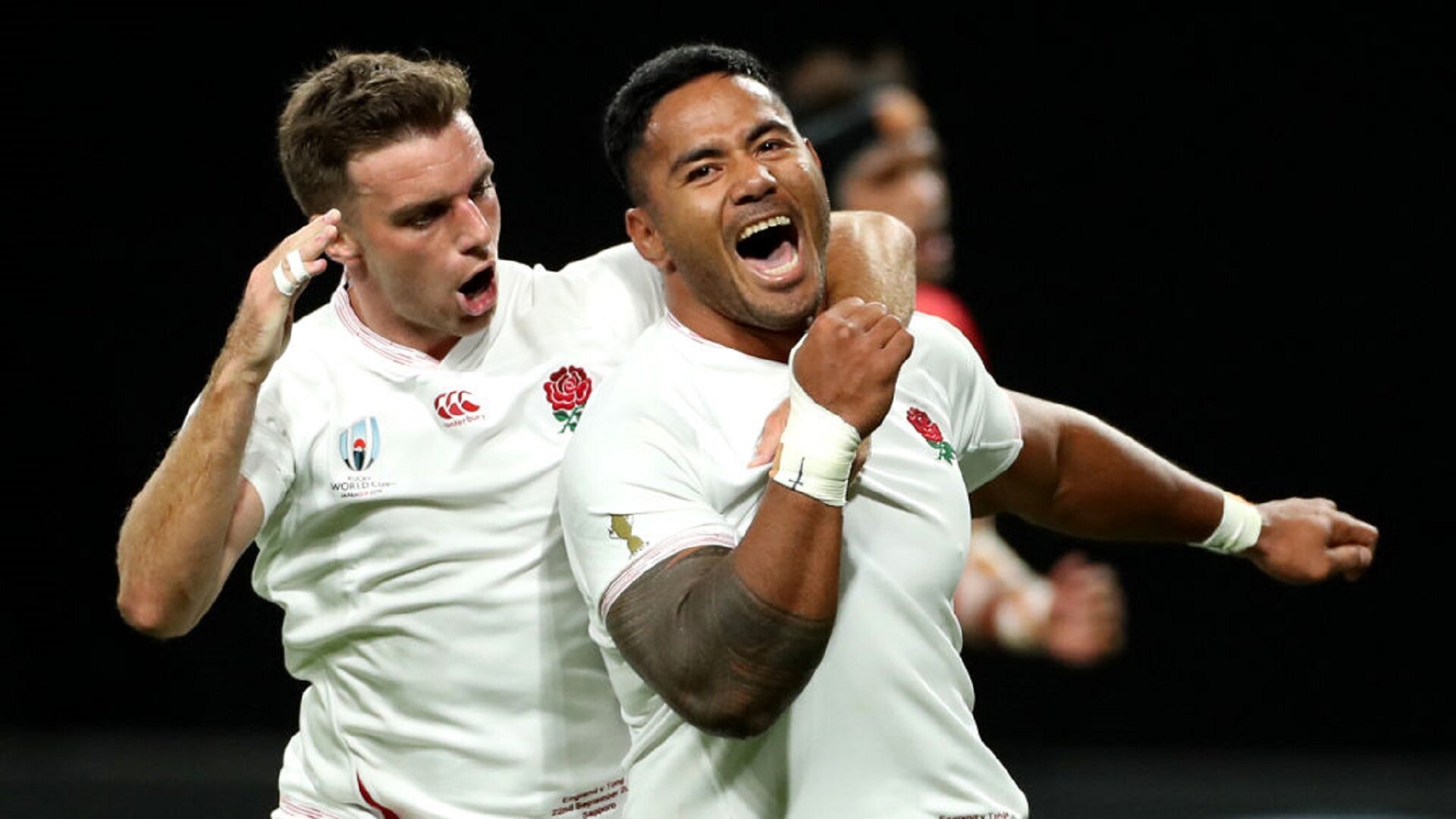Building the perfect rugby player: Outside Centre

Following on from the examination of the inside centre position in our series looking at building the perfect rugby player, we now move on to their midfield partners, the outside centre position.
Often considered the knife outside of the hammer, the outside centre position is one of the most influential in attack and defence on the pitch, as the space they operate in regularly means that mistakes they make prove to be costly ones, with less teammates around to assist them.
We identify five key traits below that any outside centre needs to have in their repertoire if they are to be successful, as well as highlighting the current players at the position who best embody these skills.
We start, as we have for many positions, with ball-carrying. Rugby is a game built around getting over the gain-line and the outside centre position is as key to that as any other. Ball-carriers don’t necessarily need to be as big and physical as their inside centre counterparts, but they have to have a way of consistently beating defenders and getting a team moving forward.
One player who ticks every box as a ball-carrier here is England’s Manu Tuilagi. His career has been beset by injury issues, although of late he has managed to stay off the treatment table and on the pitch, something which was key to England making it to the Rugby World Cup final. His power is often talked about, but it’s his footwork and ability to run away from defenders which actually usually bring the biggest gains.
Of course, that ability to break the gain-line will be mitigated if the player can then not find support through their passing or offloading. Being able to execute ball-handling skills when running at pace is key for a 13, who will be more regularly be able to find space to run into than many of their colleagues in the pack or back line.
Although not always first choice for France, there aren’t too many better at creating opportunities for others than Geoffrey Doumayrou. The La Rochelle centre is elusive and has the hands and speed to put others into strong positions to score, something he frequently does with composure thanks to his strong awareness of the options around him.
Another attribute which is key to the position, and we touched upon it with Doumayrou, is a player’s speed. In attacking situations, that acceleration and pace can get a player outside of the defence and into space, whilst defensively it allows them to put pressure on in a blitz and deny that critical element of space.
England’s Jonathan Joseph excels in this area, with his ability to stand up defenders and then beat them on the outside the staple of his attacking game. His speed also allows him to generate the pressure in defence, although it additionally helps that he is particularly laterally mobile, something which can see him recover in defensive situations where he is perhaps outnumbered or had to drop out of a blitz prematurely.
Speaking of that ability to thrive defensively, any outside centre must be adept at making the right decisions on that side of the ball. If a player makes a defensive decision-making error close to the breakdown, chances are they will have teammates on hand to bail them out, but that is not the case in the more open expanses of the pitch where the outside centres roam.
Few players make as consistently good defensive decision as South Africa’s Lukhanyo Am, with the Shark having cemented the 13 jersey for the Springboks as a result. He has put on masterpieces in reading the game defensively against both England and New Zealand in recent seasons and in conjunction with his attacking ability, it makes Am one of the premier outside centres currently playing.
Last but not least, an outside centre needs to be able to make good one-on-one tackles. As mentioned before, they will often find themselves in isolation at the position and all the good defensive reads in the world won’t help if they can’t also make the necessary solo tackle.
One of the most consistent defensive 13s in recent years, Wales’ Jonathan Davies leads the way in terms of his solidity and assuredness in the tackle. He has excelled in that area for region, country and the British and Irish Lions over his career, and like Joseph and Am, exemplifies what it means to be an adept defensive outside centre.
Ball-carrying – Manu Tuilagi
Ball-handling – Geoffrey Doumayrou
Speed – Jonathan Joseph
Defensive decision-making – Lukhanyo Am
Tackling – Jonathan Davies

























